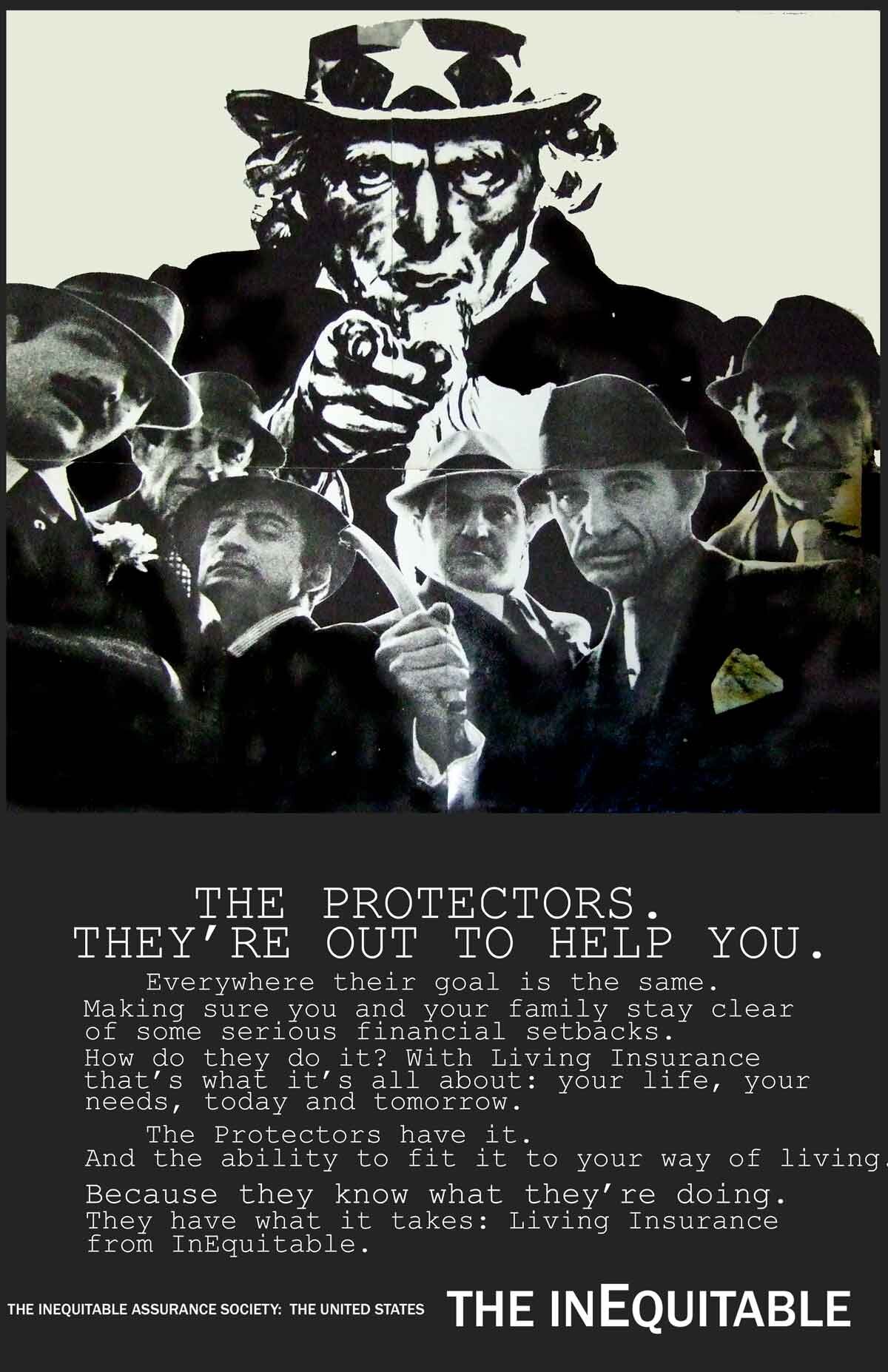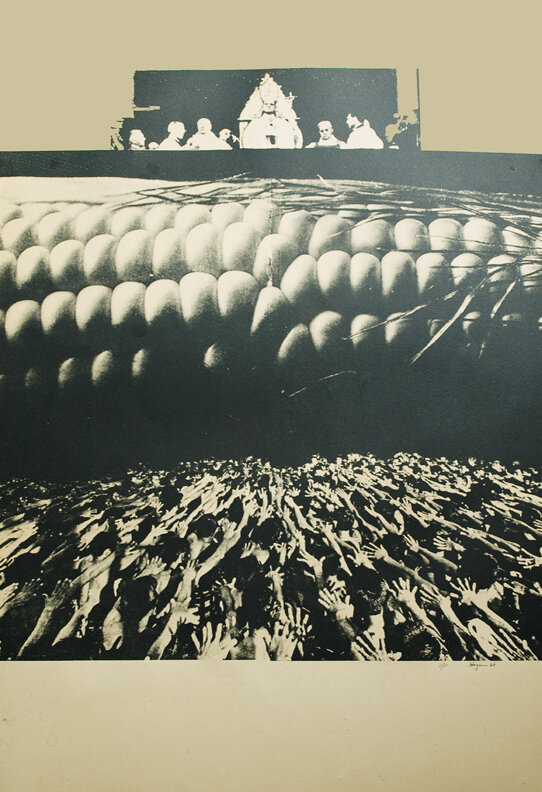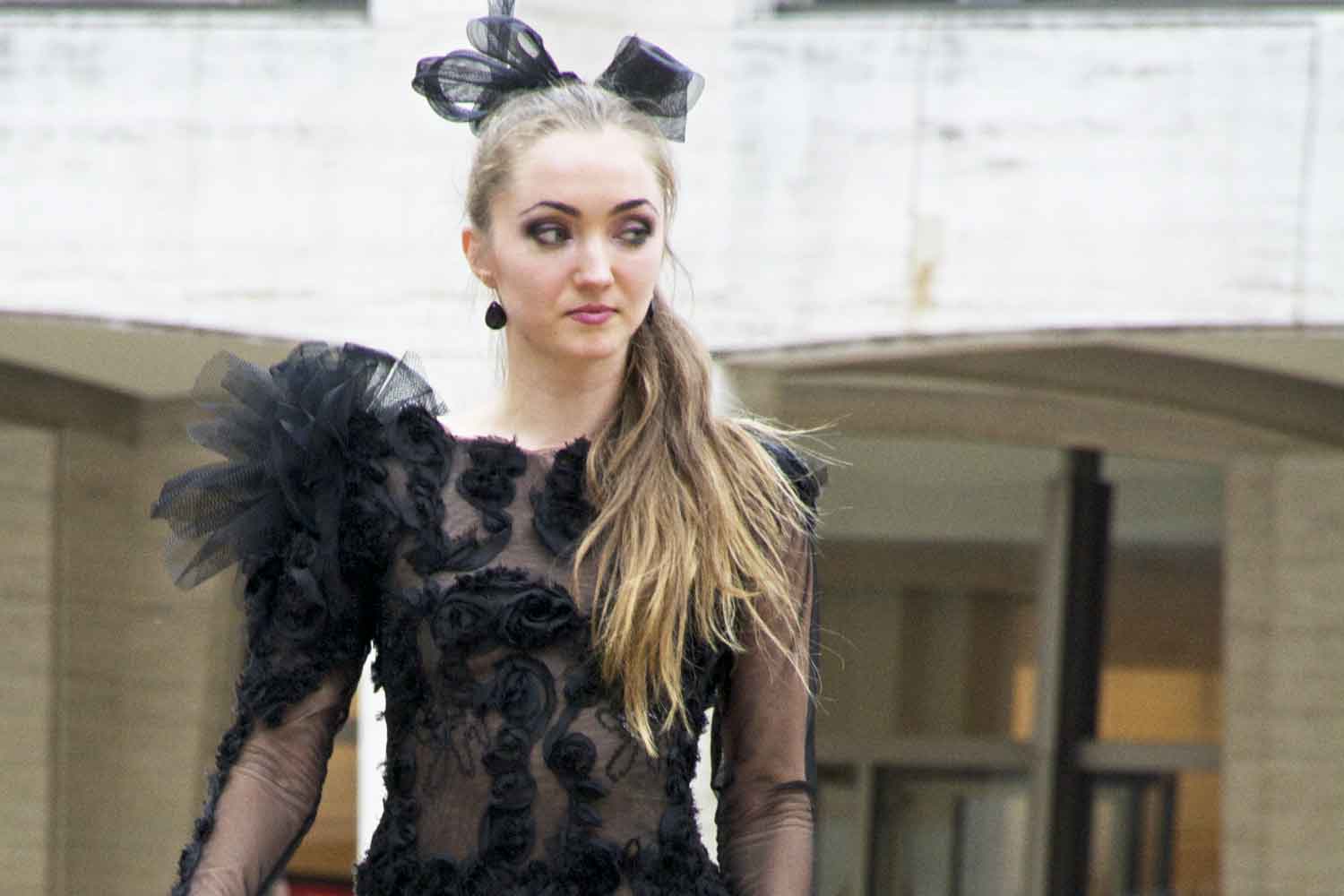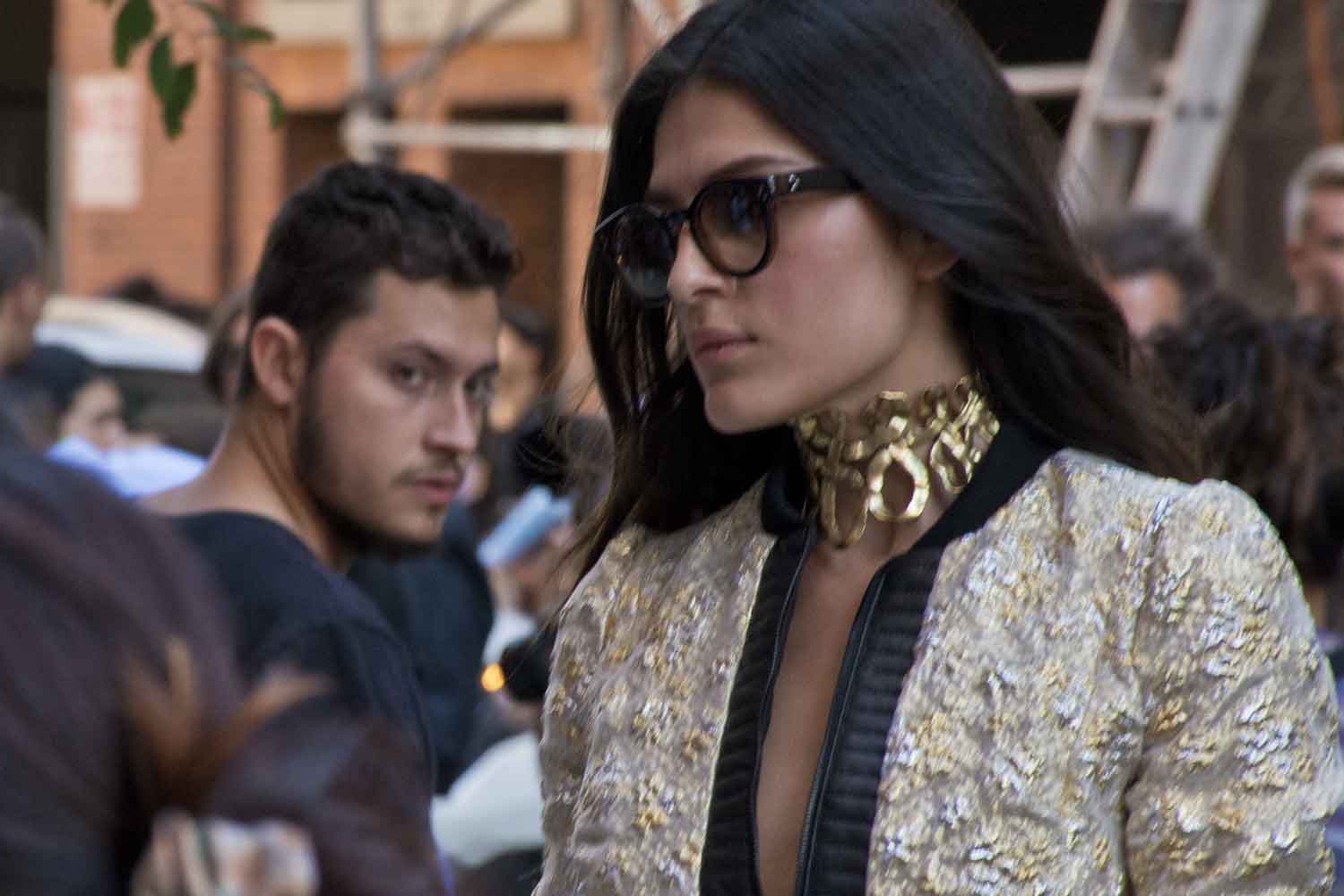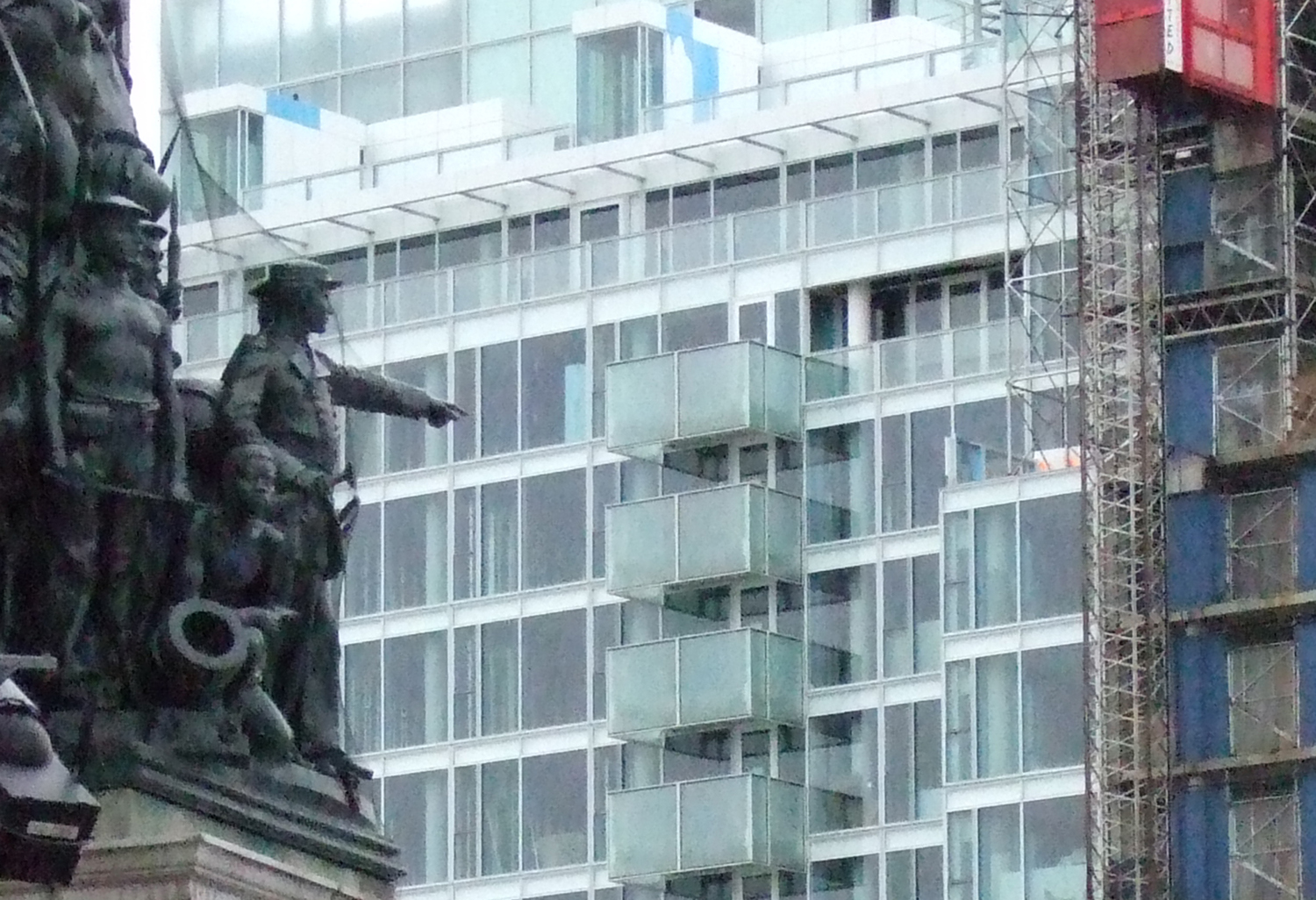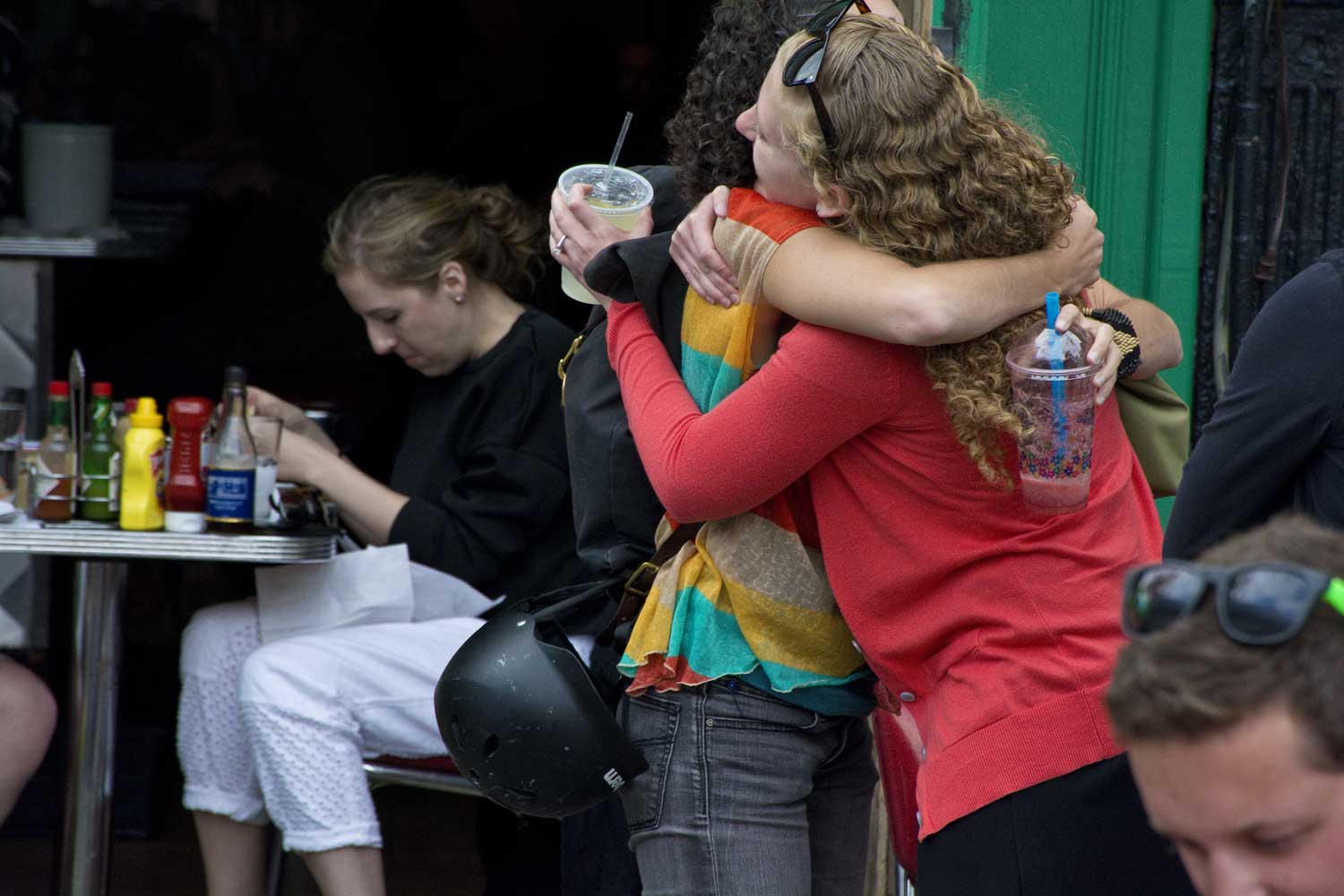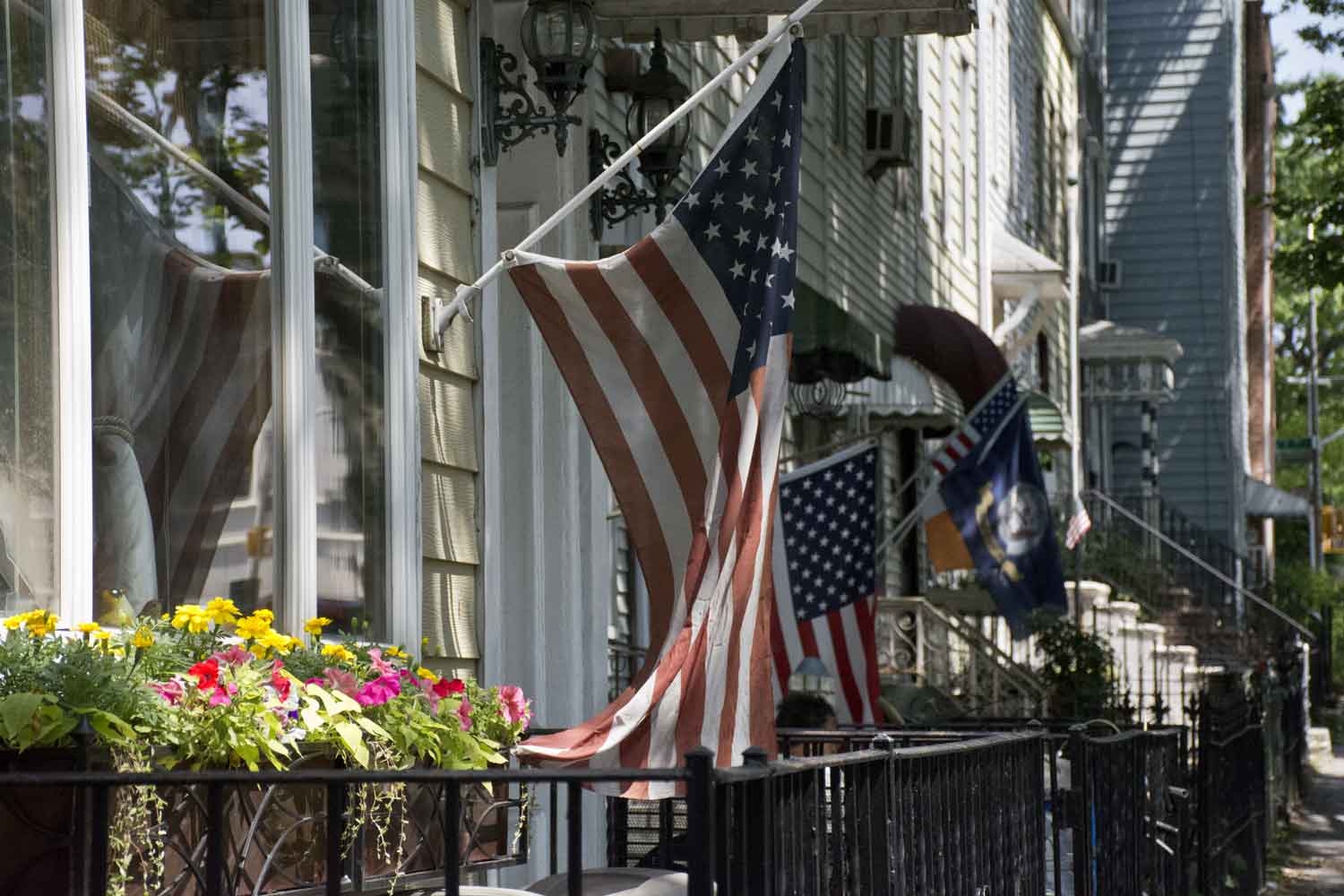Nature and Culture; How do they go together?
Statement and Studio Tour
Sidebar: Teilard’s ideas potentially eliminated original sin, absolved Eve of being THE ORIGiNAL SINNER, made her the hero(ine)of the rise to consciousness. fI there was no original sin, then the need for Jesus’ sacrifice to save us all is eliminated. As I suggested, a logical conclusion of Teihards’ ideas was that EVERYTHING is potentially conscious - ie panpsychism. He came close to being declared a heretic
I grew up during the cold war, studied political science, and interviewed with the National Security Agency. When the interviewer asked about my hobbies and I replied, "art," he suggested I go back to school to "get it out of my system". The NSA made me I realize that art was powerful and potentially "subversive".
I did go to art school, but worked as a systems oriented family therapist. There I learned that what people just "knew to be true" was often problematic, and that relabeling “truths” could open new choices. My art looks at system processes across the natural and cultural world. In the culture part, I examine "memes," encoded transmissible ideas of what MUST be true and false, and tries to reframe them in ways similar to what I did in my therapy work.
Projects
Teilhard’s Universe
Much of what I’ve done comes together in Teilhard’s Universe, a work that springs from a college class in political philosophy from more than 50 years ago. My professor, Thomas Landon Thorson, examined philosophers back to Plato and asked why some developed ideas supporting democracy, but why so many became totalitarians.
As a frame he used the work of Teilhard de Chardin, a Catholic paleontologist and theologian who introduced evolution into Catholic thought. As I remember, Thorson spent time on Teilhard’s notion of Point Omega - where all creatures headed back to union with God. He gave a one question final: “Show the implications of Teilhard’s ideas if they were true”. I thought his ideas were pie in the sky, and suggested that the science fiction writer Olaf Stapledon did Teilhard one better, suggesting that consciousness is an emergent property of matter, and that everything, including stars, are to some degree conscious. I flunked the test, ending my career as a political scientist.
I’ve spent 50 years thinking about his question. Afraid I missed Thorson’s real question: whether evolution favors democracy. Well, the assumptions are, 1. evolution leads to consciousness. (John Conway’s Game of Life is a model for how that might lead from simple structures to maybe, consciousness.) But, 2. more than one conscious person can lead to disagreement. How do you deal with that? The philosopher Thomas Hobbes has an answer. He describes man existing in a state of nature (Hieronymus Bosch’s Garden of Earthly Delights in the background) where there is a war of all against all. To deal with it, there is a social compact, that must be ruled by an absolute king designated by God. So Hobbes justifies the divine right of kings (which after God gets eliminated, carries on into Social Darwinism. That boils down to Orwell’s “some of us are more equal than others”, and fit to govern, than others. The social compact, though also leads to democracy. Hobbes has a point. But why would anyone cooperate if not compelled? And evolution leads to the survival of the fittest, right? Well. game theory’s Prisoner’s Dilemma models how cooperation might evolve in parallel to competition. This takes a long explanation, so follow the link above.
Sidebar: Teilard’s ideas potentially eliminated original sin, absolved Eve of being THE ORIGiNAL SINNER, and made her the hero(ine) of the rise to consciousness. If there was no original sin, then the need for Jesus’ sacrifice to save us all is eliminated. As I suggested, a logical conclusion of Teihards’ ideas was that EVERYTHING is potentially conscious - ie panpsychism. Teilhard came close to being declared a heretic. Furthermore, evolutionary biologists agree that evolution is random, NOT guided, so Teilhard is not held in high regard with that group either.
Watch the video above and click the links to read outside articles about meaning.
Satire
This is my politics blog. Before the NSA interview, I took a course in International Development. The professor discussed “the revolution of rising expectations”. He stressed the danger of this phenomenon and suggested that the US would have to keep some countries from developing so they didn’t all explode. (This was in the middle of the Vietnam War, and a group of students who identified themselves as SDS shouted that he was an imperialist and stormed out of class.) That also led to my rethinking my goals, and eventually led to my doing these sorts of images - here here and finally here
The work I did as a systems oriented family therapist suggested that it was possible to reframe, or reinterpret the meaning of the problematic stories people told about themselves and others. I did a piece about Trump called Save the Abused Child. That is correct. He was told by his father that anyone who is not a winner, by whatever means necessary, is a loser. But there doesn’t seem to be any way to free Trump from his father’s ….
(All the work there has a creative commons license. If you’d like to use it as posters, etc, feel free, Just credit me.) I’ve gathered together most of my politician’s images here
Times Square Anonymous
This project, and the fashion one below, are also satirical.. It explores issues of privacy and surveillance through street photography in Times Square. I thought of Times Square as metaphor for the American Dream - desire for fame, fortune, and love. The photos (although current) begin with the old Times Square of consumerism and sex, then depict “Disneyfication" and after 9/11, securitization.
The New York Times noted, Times Square "used to be [a] place to lose yourself in the thrilling anonymity of a crowd, to find yourself reflected in the eyes of strangers." No longer.
Certainly the issue of privacy is not a new concern. The conceptual photographer Martha Rosler reacted (1975) to exploitative documentaries of vulnerable people to create "ART" by shooting an entire series on Bowery alcoholics without a single photo of any person, alcoholic or not. More recently (2001) the subject of a Times Square photo sued street photographer Philip-Lorca diCorcia saying his privacy rights (and a religious prohibition against graven images) were violated. The man lost. If you're in public you're fair game. (Review of book "Unfamiliar Streets")
What does privacy mean when a photo can be uploaded, processed by facial recognition software, and matched to online and real world activities the better to target us for merchandising... or, to "surveil" us to reveal "suspicious" intent in constitutionally protected activities? A recent NYTimes book review says, ‘[the]...extraordinary evolution of surveillance came from government and market together acting as a shepherd without the consent of the sheep. But if we are watched more than we realize, and more than we would like, it is also true that we have acquired an irrepressible eagerness to watch the lives of others. We pay to be the spectators of our own loss of privacy.”
Everybody and everything is looking. Every tourist carries a smartphone to take selfies. Every corner has multiple security cameras. The signs themselves ask, "WHAT ARE YOU DOING DOWN THERE?" Masked, and unlicensed, cartoon characters are both an alien menace to society and plucky immigrant entrepreneurs, seeking to .... OTOH, one of the biggest businesses in Times Square, Walgreens wants to become an "alien" i.e. re-incorporate outside the US to avoid taxes. Who is the bigger menace?
So how do you explore the issue of "privacy" without being exploitative yourself? And how do you make it "ART"? Humorously. I hope the combination of cartoon characters and “anonymized” tourists taking selfies while being observed by security cameras is enough to at least provoke discussion.
I also initially thought that by blurring people’s faces I was providing them wih a least a measure of protection, from me at least. I’m much too late on that. Another artist has been showing images taken by security cameras in the Square and elsewhere in New York. How did he obtain them? AFAIK by accessing the presumably unencrytped wireless routers installed by “security” companies with his smartphone. Don’t you feel safer now?
Shall we equip everyone with a "face scrambler"? But then you would have give up the convenience of your cell phone with it’s built in gps as well. [That’s another story: NYTimes “How Companies Learn your Secrets”]. And, duh, to the NSA, concern with privacy itself is suspicious, so accessing the link above labelled “suspicious” might subject you to NSA deep surveillance.
Fashion
After I finished the Times Sqaure series I asked what next? Again, somewhat by accident, I saw a list of fashion shows in New York magazine. The opposite of Times Square - everyone is exquisitely aware they are before a lens and being observed. Privacy? Links. Links2. Link3
Brooklyn
Well the left’s vision of what America means.
